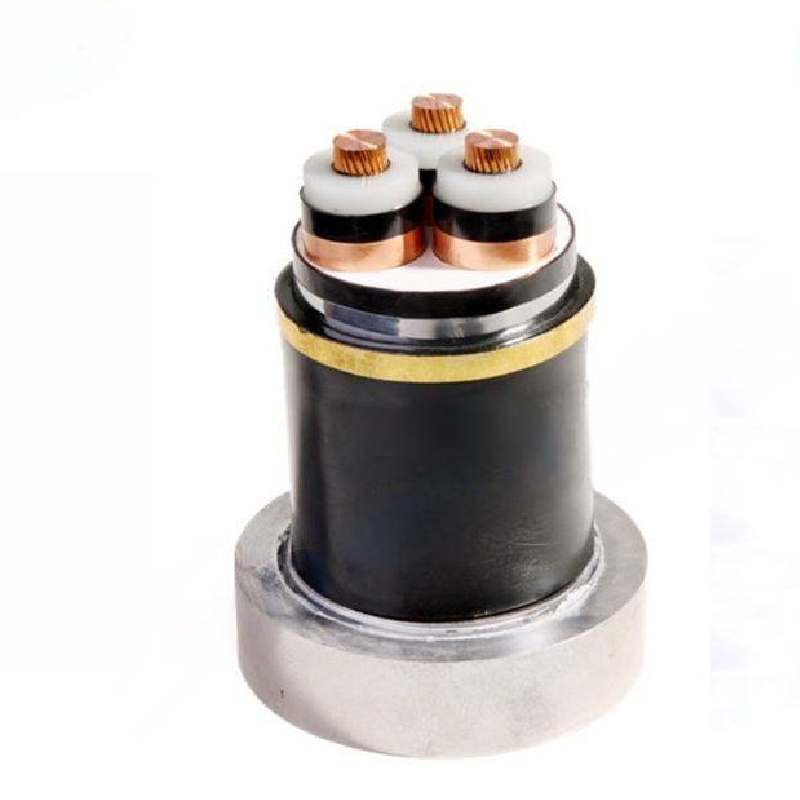Dec . 04, 2024 15:33 Back to list
Exploring the Benefits and Applications of Rubber Joints in Various Industries
Understanding Rubber Joints Applications and Benefits
Rubber joints, also known as flexible rubber couplings or expansion joints, are essential components in various industrial and mechanical systems. They are designed to absorb vibrations, accommodate misalignments, and allow for the thermal expansion and contraction of pipes and machinery. This article delves into the applications and benefits of rubber joints, highlighting their significance in modern engineering and construction.
What are Rubber Joints?
Rubber joints are flexible connectors made primarily from rubber or elastomeric materials. They are typically used to link two rigid sections of piping or ducting. The flexibility of rubber allows these joints to absorb shocks and vibrations that can occur during the operation of machinery or in piping systems. Additionally, their design often includes features that compensate for minor misalignments between connected components.
Key Applications
1. Piping Systems One of the most common uses for rubber joints is in piping systems, where they serve as connectors between pipes. Their ability to absorb vibrations helps to protect pipes from damage caused by pressure fluctuations and environmental factors. They are also vital in systems that transport water, chemicals, and other fluids.
2. HVAC Systems In heating, ventilation, and air conditioning (HVAC) systems, rubber joints are employed to connect ductwork. They play a critical role in reducing noise generated by air flow and mechanical vibrations, ensuring that HVAC systems operate quietly and efficiently.
3. Industrial Machinery Many industrial machines use rubber joints to connect various components, such as pumps, compressors, and motors. By placing a rubber joint between these components, industries can reduce wear and tear while improving the overall lifespan of the machines.
4. Automotive Applications In the automotive sector, rubber joints are used in exhaust and fuel systems. They provide flexibility and vibration dampening, helping to reduce engine noise and improve comfort for passengers.
rubber joint

5. Infrastructure Projects Rubber joints are also utilized in large-scale infrastructure projects, such as bridges and roadways. In these applications, they help accommodate movements caused by thermal expansion, seismic activity, and shifting ground conditions.
Benefits of Rubber Joints
1. Vibration Damping One of the primary advantages of rubber joints is their ability to dampen vibrations. This feature is crucial in reducing wear and tear on connected components and minimizing noise pollution in both industrial and residential settings.
2. Flexibility and Misalignment Compensation Rubber joints can easily accommodate misalignments between connected pipes or machinery parts. This flexibility ensures that systems can operate smoothly without the risk of failure due to improper alignment.
3. Corrosion Resistance Many rubber joints are designed to be resistant to corrosion, which is particularly beneficial in piping systems that transport potentially hazardous materials. This characteristic extends the life of the connections and reduces maintenance costs.
4. Thermal Expansion Accommodation Rubber joints can absorb changes in temperatures, allowing pipes and machinery to expand and contract without causing stress or damage. This feature is critical in environments with fluctuating temperatures.
5. Easy Installation and Maintenance Installing rubber joints is generally straightforward, which reduces labor costs and installation time. Additionally, they require minimal maintenance, making them a cost-effective solution in both the short and long term.
Conclusion
In summary, rubber joints are vital components in numerous applications across multiple industries. Their flexibility, vibration-damping capabilities, and resistance to corrosion make them invaluable for ensuring the reliability and longevity of various systems. As industries continue to evolve and the demand for efficient and durable components increases, the importance of rubber joints will undoubtedly grow in the realm of engineering and construction. Their unique properties enable engineers and designers to create more resilient systems, ultimately contributing to safer and more efficient operations.
Share
-
Reliable Wafer Type Butterfly Valves for Every IndustryNewsJul.25,2025
-
Reliable Flow Control Begins with the Right Ball Check ValveNewsJul.25,2025
-
Precision Flow Control Starts with Quality ValvesNewsJul.25,2025
-
Industrial Flow Control ReliabilityNewsJul.25,2025
-
Engineered for Efficiency Gate Valves That Power Industrial PerformanceNewsJul.25,2025
-
Empowering Infrastructure Through Quality ManufacturingNewsJul.25,2025